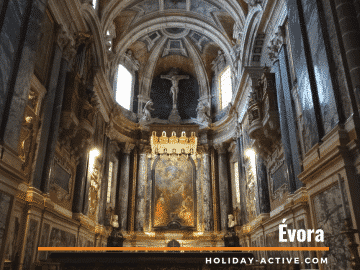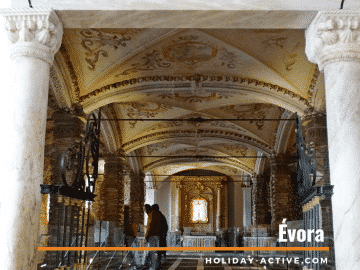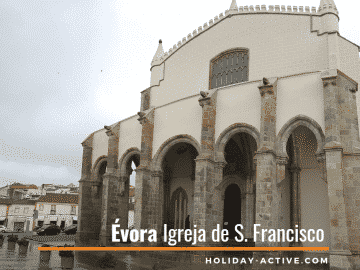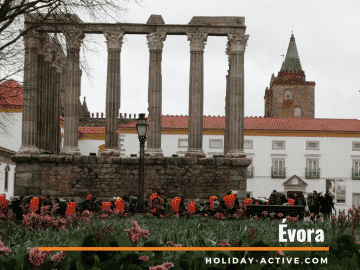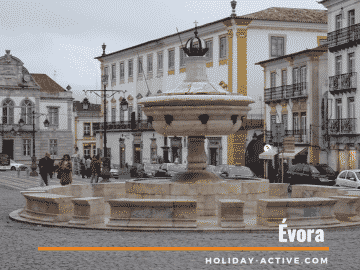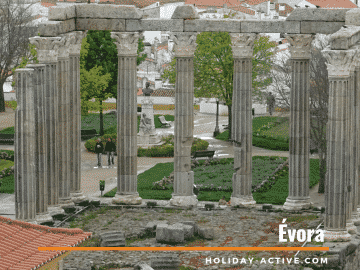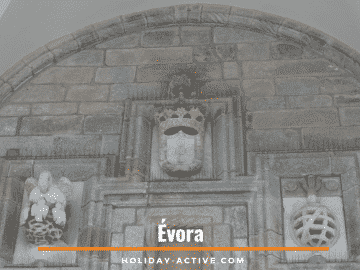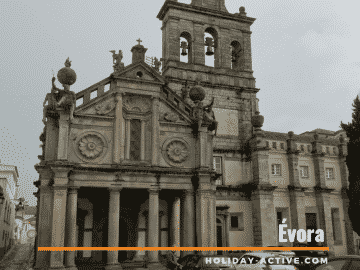Évora
Évora is a city rich in history and beauty. It is classified as a World Heritage by Unesco.
Many are the cities that you visit that most of its historical heritage has been worn down with time, leaving you to picture what may have been. That is not so with Évora. Walking its streets, you stumble upon artefacts and monuments that depict the habits and culture of the people that once lived here from Romans to Moors, to the Portuguese elite.
The Romans named it “ Ebora Cerealis”, for being a vast area of cereal production. It was also the Romans who built the castle’s first outer wall.
The Arabs settled in next and built an endless number of streets and alleys, with lined up whitewashed houses, which have remained to this day.
In 1166, during the reign of D Afonso Henriques, Évora was conquered from the Moors by Fearless Geraldo
Throughout the 11th and 12th centuries, Évora was often the residence of choice of the Portuguese Kings. During the Middle Ages, it was one of the most prosperous cities in the kingdom, especially during the Avis Dynasty (1385 – 1580). It assumed the role of a cultural centre, meeting point of artists and scholars. With the wealth that the Discoveries afforded, the university and many stately manors were built, all in the Manueline and Renaissance style
Nowadays it is a city full of life and with a unique vibe, provided by the presence of its ancestral university and its student population.
Évora, a city that knew how to evolve through time, a melting pot of cultures, styles and beauty that deserves to be visited
What to visit in Évora
The Roman Temple
The Roman Temple is a symbol of Évora and its Roman occupation. Also known as Temple of Diana, the Roman Hunting Goddess
Built in the 1st century AD, it still preserves its 14 columns and its capitals of Estremoz marble, to pay tribute to Emperor Augustus. It would have been part of what was the Roman forum.
The Roman Temple was partially destroyed by the barbarian invasion and subject to various renovations. It was also used as a fortress to the Évora Castle and later, as a slaughterhouse.
Ducal Palace of Cadaval and the Lóios Church
The Ducal Palace of Cadaval was founded in the 14th century over the ruins of a Moorish Castle.
It has since then belonged to the Cadaval Family, presenting a combination of styles of Mudejar, Manueline and Gothic architecture.
The Palace’s Church of S. Joao Evangelista, also known as Lóios Church, for having been part of the Convent of the Order of Santo Elói. Lóios for the Portuguese misinterpretation of the word Eloi. It is considered as one of the most beautiful churches in Portugal. With one of the best 18th century tile collections depicting scenes from the life of the patriarch of Venice D Justiniano Lourenço, founder of the Order of Saint Elói
On the floor ́s Church there are several tombs of the Dukes of Cadaval and their ancestors; the friars’ crypt and an Arab cistern, that remained from the old Moorish Castle, destroyed during the revolt, in favour of the Master of Avis, in 1834
Évora Cathedral
Évora Cathedral, its correct name is Basílica Sé de Nossa Senhora da Assunção (Basilica Sé of Our Lady of the Assumption)
Founded in the early 12th century, this is the largest medieval cathedral in the country. A fortress-like structure, shaped in granite in the gothic and romantic style.
Distinguished by its two asymmetrical towers and the 12 figures representing the apostles. It underwent several alterations throughout the years: During the 15th and 16th century, the choir, the pulpit, the baptistery and the arch of the Chapel of Our Lady of Mercy or “Capela do Esporão”, were added
In the 18th century, at the request of Dom João V, the main chapel was designed by Ludovice, the same architect of the Mafra Convent, using Estremoz marble to enhance the painting of Our Lady of the Assumption, placed underneath a magnificent crucifix.
D Dinis contributed with the tower-lantern, crowned by a needle elaborated in stone scales, and that has become the ex-libris of this Cathedral.
Inside Évora Cathedral you will find the only statue of Nossa Senhora do Ó, in Portugal. This image represents Our Lady in the last days of her pregnancy. In the 15th century, by order of the Council of Trent, such statues and paintings existing in Portugal had to be removed, re-painted or remade
Évora University
The University of Évora was the second university founded in Portugal.
The first being the University of Coimbra in 1537
Évora, an ecclesiastical metropolis and a temporary residence of the Court, emerged as the most suitable city to receive a university
It was founded by Cardinal Infante D. Henrique in 1559 as the University of the Holy Spirit and entrusted to the Companhia de Jesus who directed it for two centuries. In 1759 it was closed by order of Marquês do Pombal, and the Jesuits expelled.
Of note, is the imposing Renaissance cloister and the auditorium.
Giraldo Square
The Praça do Giraldo is the main square of the city and the heart of Évora.
It is easily recognized by its fountain, in white marble, topped by a bronze crown. The eight spouts that decorate it correspond to the eight streets leading to the square.
Around its fountain, you will find cafes with outside seating, shops and the Church of Santo Antão.
Nothing, in this pleasant and sunny square, will make you suppose the terrible historical events that once occurred here.
D. João II ordered the execution D. Fernando, Duke of Braganza, on suspicion of conspiring with the Spanish. The Duke of Braganza was tried in Évora, sentenced to death and executed on June 20, 1483. D Manuel I, would later annul this process, in 1500, and return the lands and titles to his son, D. Jaime.
It was also the stage of the” Autos de Fé” practised by the Inquisition. The present building of the Banco de Portugal, at the end the square, was once occupied by the Inquisition. Here public trials and burning of the inquisition victims were held. Over the course of 200 years, twenty-two thousand people were convicted.
Café Arcada
Café Arcada is an institution in Évora.
Located in Giraldo Square, it dates back to 1942. Reported, at the time, in the local newspaper as “considered one of the best in the country, with more than 100 tables, with a refrigerator and other modern innovations”. It continues on to exalt the revolving door, still present today, despite the renovations made by its new owners.
It was the first of its kind to allow the frequency of ladies, albeit accompanied by their husbands. An orchestra played, the dishes were from the renowned Portuguese factory of Vista Alegre. There was a tobacconist, attended by a bonnie lady and a manicure for the more select clients.
The regional sweets, especially the Queijadas de Évora, continuous to bring the locals to the Café Arcada and for which they will always have a soft spot, despite its lost glamour.
Igreja da Graça (church)
The Igreja da Graça (Church of Grace) was built in the 18th century. During the reign of D. João III, a project of the architect Miguel de Arruda
In its facade of Palladian influence, the immense Atlanteans stand out, seated figures made of granite, holding iron spears, leaning against an atlas, which the Eborians call “the Children of Grace.” They symbolize the four parts of the World and the universal power of D. João III
There are those who wonder how such figures, more pagan than religious, survived the period of inquisition, very active in Evora. The Atlanteans were mythical, giant figures who had lived in Atlantis 18 million years ago, promoters of science, religion, art and magic. This stonework is attributed to the sculptor Nicolau de Chanterenne, as well as the window frames of the main altar crafted in Estremoz marble
The convent, next to the church, now houses the Officers’ quarters
Convent and Church of S. Francisco
Known as the Golden Convent for all its magnificence
The first Franciscans that settled here, arrived in Évora in 1224, from Galicia. The only traces that remain of this initial convent are the Gothic Church and part of the cloister.
The Kings’ intention of having their Palace in Évora, on the land that belonged to the Convent was negotiated as such that they would build a new convent over the old one. And the friars would hand over part of their land to have the Paço de Évora built upon.
Works on the new convent began with D Afonso V, followed by D. João I. However it was with D. Manuel I that they achieved their architectural and artistic magnificence. It was elevated to the category of Royal Chapel, becoming known as the “Golden Convent” such was the wealth with which the Royal Family decorated it.
Over the church’s Manueline portal, the banners of the kings who had it built: D. João II and D. Manuel I, respectively the pelican and the armillary sphere.
At the end of the 16th century, the Ordem Terceira da Penitência de S. Francisco added to one of the church’s transepts a harmonious decoration of stone, carving and tile
During the Spanish Filipine Dynasty, the Palace was abandoned, resulting in a loss of splendour and opulence, not only to the palace but to the convent as well.
Three Franciscan friars built the peculiar Capela dos Ossos (Chapel of Bones) for their congregation to reflect on the ephemerality of human life.
The extinction of religious orders in 1834 dictated the rapid decline of the convent building.
In 1892 a large part of the ruined convent was sold by public auction to Francisco Barahona, who ordered the reconstruction of the existing houses and generously collaborated in the restoration of the Church and the Capela dos Ossos
Chapel of Bones (in the convent of S. Francisco)
This intriguing chapel is part of the Convent of S. Francisco.
It is in all tourist guides that referer what to visit in Évora, for its bizarre nature
Built in the 17th century, by the Franciscan monks, with the intention of provoking, by imagery, the reflection on the transience of human life and the consequent commitment to the Christian way.
The chapel’s pillars and walls are completely covered with bones from 42 monastic cemeteries of the Évora region. It is estimated that about 5,000 bones have been used, including skulls, vertebrae, and femurs
Under the archway, the phrase reads: “We who are here, await you.”
Palace D Manuel I
From the Palace of D. Manuel, also known as the Royal Palace of S Francisco for it occupied the space that was formerly the vegetable garden of the Convento de S. Francisco, there remains only the Ladies’ Gallery, which was built by D Manuel I.
It was erected in 1468 by D.Afonso V, who wished to have, in Évora, a Royal Palace beyond the castle to settle in
Several were the monarchs who remodelled and extended this palace, to the despair of the Franciscan friars who saw their lands being increasingly appropriated. All for the comfort of the kings and their court, who were now spending long periods of time here.
This palace was one of the most remarkable buildings in the kingdom. Of note was the Renaissance cloister, the Queen’s room, the refectory and the royal library, one of the first of its kind in the country, now all gone
The Palace was the stage for Gil Vicente’s six plays and it was here that Vasco da Gama was invested by D. Manuel I with the post of Commander of the Indian Fleet
During the Reign of the Spanish king D Filipe II, the Palace was abandoned, entering a process of decline
Évora’s Public Garden
Built on the grounds of the Palace of D. Manuel, the Évora’s Public Garden offers the city a cool corner to rest and socialize.
With about 3 acres this garden of shady trees and colourful flower beds invites you to take a rest from the hot sun or wander down its paths and admire the 19th century fake ruins. Built according to the romantic fashion of the time, recycling building materials and features collected from various existing ruins in the city.
It also has a small lake, a gazebo, peacocks and a kiosk that provides light meals.
The Àgua da Prata Aqueduct
The Àgua da Prata Aqueduct begins in the north of Évora in the Fontes do Divor and has an extension of about 19km. A masterpiece of the local architect Francisco Arruda. Built between the years 1533 and 1537, during the reign of D. João III, on a Roman aqueduct which archaeological vestiges still remain today.
It was on the 29th of March, “wash feet Thursday” (Holy Thursday) that the water ran for the first time in the current Giraldo Square.
What to taste
In Évora, around the Church Square of S Francisco, you can find a series of restaurants which serve typical Alentejo food such as lamb stew, pig’s trotters with coriander sauce, açorda, gazpacho (cold tomato soup with garlic and cucumber), migas with pork the famous dogfish soup
Much appreciated and renowned are the cheeses from the three producing regions – Nisa, Serpa and Évora. These are sheep’s or goat’s cheeses, which may be dry, half cured or creamy,
They go extremely well with the wines from the Alentejo demarcated region, such as the reds from Portalegre, Borba, Redondo, Reguengos, Vidigueira and Moura.
Fairs and markets
What to visit in Évora, apart from monuments? The fresh produce markets. The farmers continue to breed their chicken in the open fields. They produce organically and are biological farmers even before the term existed
Feira de S João (St. John’s Fair) The annual Fair of S. João has more than 500 years of tradition. During the last 10 days of June, it takes over the city. Installed in Rossio de S. Brás, in Évora, this fair began to be the meeting point for farmers and cattle breeders. Today it counts with handicraft and food stalls, carousels, concerts and a bullfight
The monthly fair is held in Rossio every second Tuesday of the month.
The market (closed on Mondays) is located in Plaza 1 de Maio. Here you can see and try the local products
Personalities related to Évora
Fearless Geraldo on Évora's Coat of Arms
Évora’s coat of arms represents Geraldo Geraldes mounted on horseback, wielding his sword and at his feet the severed head of the Moor and his daughter. His first victims in the Évora attack to seize the keys of the city
Geraldo Geraldes, better known as Fearless Geraldo, is a legendary character of the 12th century responsible for the conquest of several territories during the formation of the Portuguese borders
It is believed that he was a nobleman from the north of Portugal, who tried his luck in lands farther south. What is known for sure is that he spent some time in al-Andalus where he learned and mastered the Arabic language and became acquainted with Muslim military tactics. Very useful qualifications for his new career, in which he led a group of outlaws and adventurers in the conquest of several territories to the south, still under the Moorish rule.
His tactics were typically guerrilla, with hand to hand combat, in the dead of night resorting to the use of ropes or ladders. He would attack with a murderous fury and plunder and pillage the places taken, handing them over, in return of certain benefits, to D Afonso Henriques
Thus was conquered Beja (1162), Trujillo (April 1165), Évora (September 1165) and Cáceres (December 1165). The following year, Montánchez fell in March and the following month Serpa and Juromenha, where he established his headquarters. In 1167 Fearless Geraldo conquered Monsaraz
The city of Évora, although much coveted by D Afonso Henriques was still to be conquered. This caused Geraldo to try his luck and so better his position before the king. On a moonless night, Fearless Geraldo climbed up to the tower that was being guarded by a Moor and his daughter while they slept. Without mercy, he severed their heads and seized the keys to the city. His men, already mobilized, attacked the sleeping city which, caught by surprise, was unable to reciprocate and succumbed. Fearless Gerald gave the city of Evora to D Afonso Henriques, who in recognition appointed him Alcaide (Mayor) of the city.
And this is why you may stumble upon various craved stones images of a rider with 2 severed heads. It is none other than Fearless Geraldo. The Portuguese version of Robin Hood
Évora's Historical Background
Besides knowing what to visit in Évora, you may also like to know what moulded this city, its inhabitants, its history and why it is so
The Roman conquest of the Iberian Peninsula began between 208 and 201 BC, but only in 60 BC did Julius Caesar conquer Évora from the Lusitanians. A city coveted for its strategic points: at the confluence of 3 river basins and the intersection of several military roads.
Caesar arrived in the Iberian Peninsula with a massive debt associated with his name and the divorce scandal of his second wife. He marched with more than 30,000 men onto Lusitania not intending to conquer but to loot. He went to the river Douro (River of Gold) and took possession of the gold ingots from the mines that were already in operation. These riches were then distributed: ⅓ to Rome, ⅓ to the soldiers and ⅓ to Caesar. To the south, in the Alentejo, he explored under the name of his new wife, Juliana, gold mines. Legionaries who protected the roads through which gold was transported acquired the right to work the copper mines and take possession of the land to plant olive trees, vines and cereals. Many ended up marrying and staying. On the other hand, Julius Caesar, two years after his arrival, returns to Rome not only with all his debts settled but also with sufficient funds to guarantee his future.
Vestiges of the Roman presence, in Évora, can be found in the Roman Temple, the Roman roads, the D. Isabel arch, and in parts of the new aqueduct, built upon the former roman one. It was also the Romans who introduced the pottery; an art still in vogue.
With the fall of the Roman Empire in 410, Évora was eventually occupied by Visigoths entering a period of cultural decline
It resumed its splendour and growth in 714 when the Muslims took over the city. A new concept of urbanisation emerges, with narrower and winding streets. The houses, now with terraces and interior courtyards, overflow the constricting castle walls. Agriculture develops, and Évora becomes a commercial centre
In 1165 Fearless Geraldo, conquered the city from the Moors and handed it over to D. Afonso Henriques, who converted it into an important strategic and political centre. Here D Afonso Henriques established the Military Order of S. Bento de Calatrava, now Order of Avis
Due to the city’s growing prominence, the court spent longer periods in Évora, espcially during the reigns of D. Afonso III, D. Dinis, D. Afonso IV, D. Pedro I, D. Fernando, D. Afonso V, D. Manuel and D. João III, further stimulating its grandness.
These chain of events and the inhabitants that passed through Évora, leaving their architecture, their customs and their history is unveiled in every step taken in this museum city, classified as Cultural Patrimony of Humanity by Unesco
Well worth a visit and specialy now that you know what to visit in Évora and have aquired an insiders knowledge
You may also like to see
Monte Selvagem
In Lavre, in the municipality of Montemor-o-Novo, Évora district, Monte Selvagem is a space with 20 ha that houses 60 species in a total of about 350 animals. A leisure park with an interesting pedagogical project to be discovered.
It is open to the public for 9 months of the year, from February to October.
Monte Selvagem – Monte do Azinhal, Lavre 7050 Montemor-o-Novo
Telephone – 265 894377
Fax – 265 847188
e-mail – geral@monteselvagem.pt
Eugénio de Almeida Foundation
Eugénio de Almeida Foundation is responsible for the production of Cartuxa wine along with promoting the social, cultural and educational development of the region.
Wine tourism - Quinta do Valbom
 Credit: Cartuxa
Credit: Cartuxa
The Alentejo wines have won several prizes. Be sure to make the most of the your stay in Évora by visiting one of the many cellares available.
Quinta de Valbom is 2 km from the historical centre of Évora and 200 meters from the Monastery of Cartuxa that inspired its name, Cartuxa Enotourism. The wine tourism operates in the former property were the Jesuits, that lectured in the Évora University, where installed.
In 1759 by order of the Marquis of Pombal the Jesuit where expelled, and the property came to belong to the State. Some years later, in 1776, it began operating as a wine press and absorbed much of the regions wine production.
In the 19th century, it was acquired by the Eugénio de Almeida family. In the mid-twentieth, the convent inside the property was restored and returned to its monks, who remain there to this day.
It is possible to visit the wine tourism of Quinta de Valbom, by prior reservation. The tours are guided and end with a wine and olive oil tasting. They last approximately 1: 30h.
enoturismo.cartuxa@fea.pt
Tel: (+351) 266 748 383
Coffee Shop at the Páteo de São Miguel
 Credit: Cartuxa
Credit: Cartuxa
One of the various restaurant projects of the Eugénio de Almeida Foundation it is located in the Paço de S Miguel, once part of the Old Castle of Évora. It serves light meals and snacks accompanied by house wines.
Inside the Páteo de S. Miguel, it has a very pleasant outdoor terrace with a view over the Alentejo plain. A peaceful and quiet place, ideal for refreshing and tempering energies
Enoteca Cartuxa
 Credit: Cartuxa
Credit: Cartuxa
In the centre of Évora, very close to the Évora Cathedral. It serves meals in a relaxed and pleasant atmosphere, inspired by its wineries.
Here you may taste the Portuguese sausages – the chouriço, olive oil, sweets and wines of the Eugénio de Almeida Foundation. If you like them, you may purchase some at their store
How to get to Évora
Évora is located in the Alentejo, at a distance of about 130 km from Lisbon
You can easily take the train or bus to get there
Outside the city, there is a multitude of small villages of Alentejo, whose beauty and authenticity obliges a visit. It is advisable to reserve more than one day and rent a car to visit these areas
Let the time dwindle, without hurry, without worries and enjoy the genuine hospitality of the Alentejanos.
What to visit in Évora: Handpicked Tours
Portugal is a country rich in history, but Évora occupies a place of its own by its inhabitants, diverse and unique that left their mark throughout the centuries, in the land, the architecture, the food and the art
Book an Évora Tour to know more about this surprising city
We use affiliate links which means we get a small commission if you book through them. This does not in any way affect the end price but helps us keep this site updated. We selected the Top “What to visit in Évora Tours ” we believe to be the most relevant and with an insider’s knowledge.
Enjoy Portugal with holiday-active.com and make the most of your holidays in Évora
What to visit in Évora, the cultural hub in the Middle Ages
Your perfect accommodation in Évora
Where to stay in Évora? Our suggestions
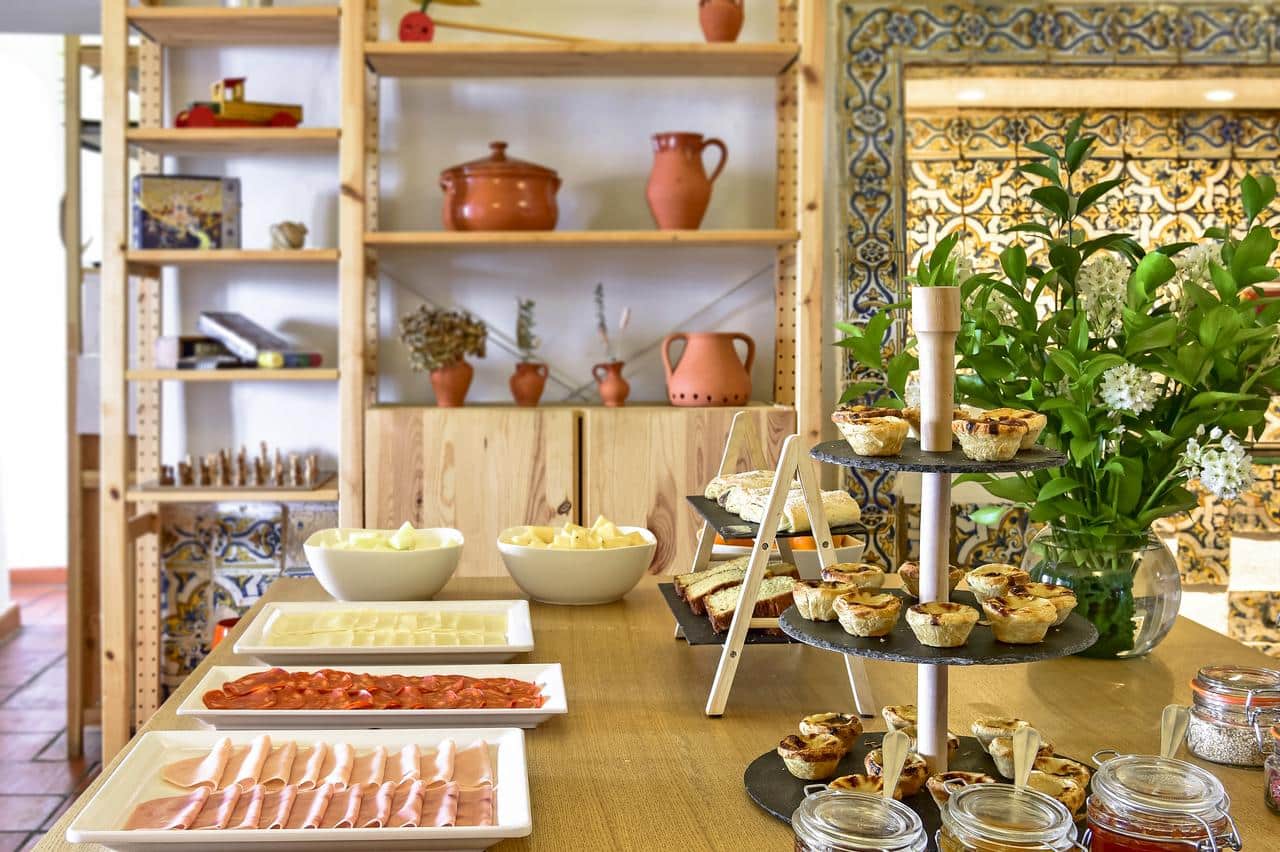
The Noble House
A 14th-century Alentejo manor owned by the Count of Lousã. It was after a school before it became the first hotel in the city. Over the last fifty years, it has given rise to Pensão Policarpo, cherished by the eborenses and whose layout was preserved by the new owner of this Boutique Hotel, recently refurbished
The Noble House is centrally located in Evora’s old town, a 2-minute walk from the Roman Temple and Evora Cathedral.
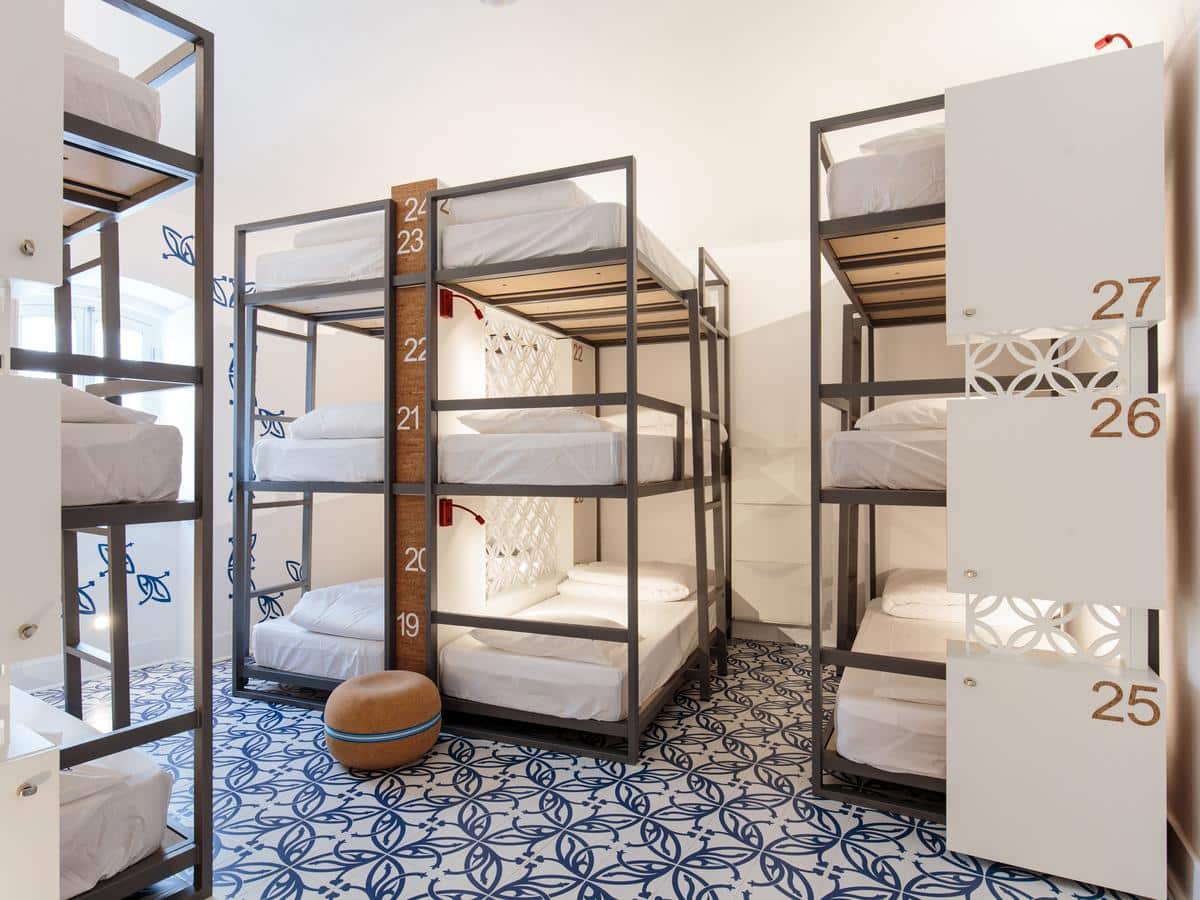
Heaven Inn Évora Hostel
Heaven Inn Évora Hostel is very central in Évora.
Rooms and dorms are equipped with air conditioning and selected rooms have a patio. There is also a shared lounge and a bar.
The Hostel is modern, well designed with an emphasis on local materials and products. It is a great place to meet up with fellow travellers

Casa S. Cristovao 1
This 2 bedroom apartment has a fully equipped kitchen as well as a small patio to relax in. It is a modern furnished apartment within a few minutes walking distance to most monuments
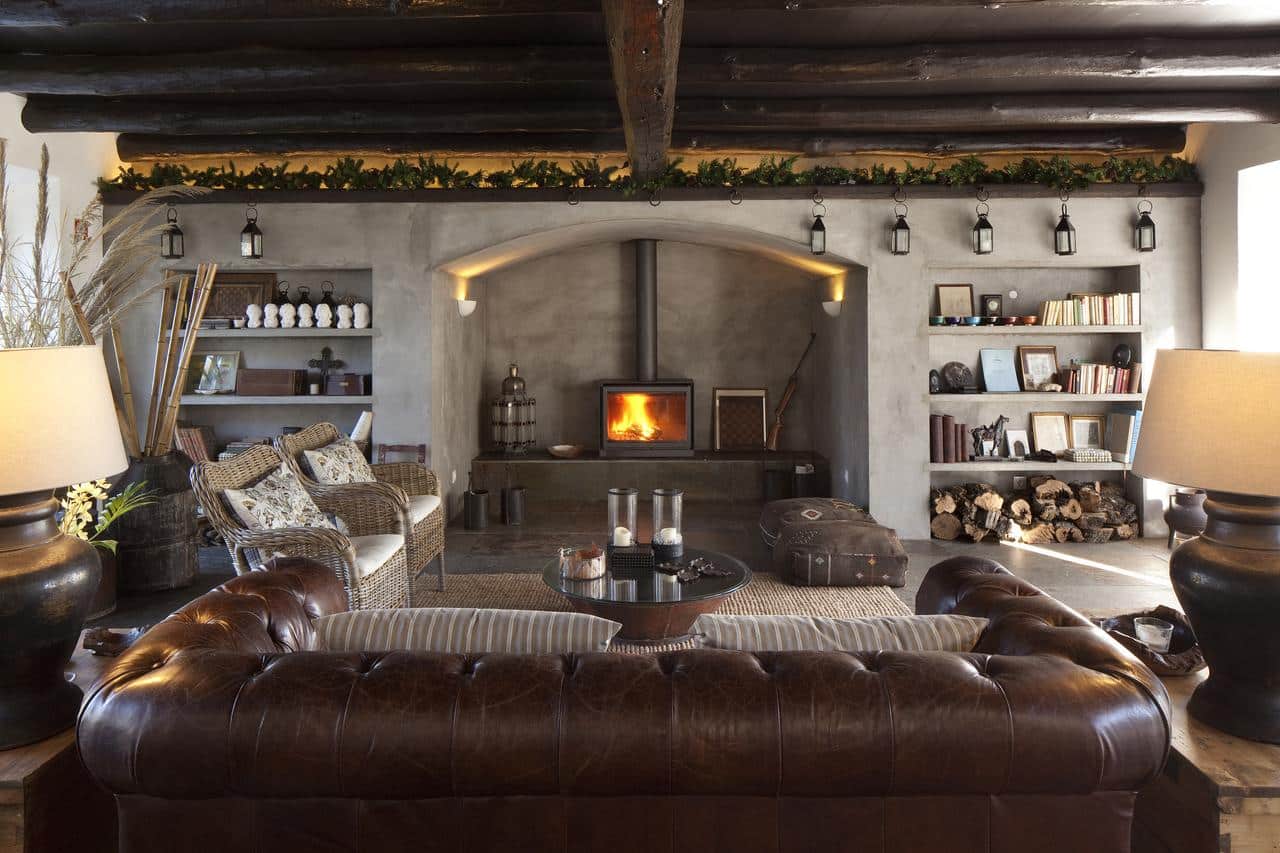
Casa do Governador
A traditional Alentejo country house with a rustics style decoration, comfortable and full of charm
Rooms are bright and with great views. Some have a spa bath or a fireplace and various activities such as horse riding, wine tasting or an air balloon ride can be arranged
It is just 3km from Évora in the relaxing Alentejo countryside
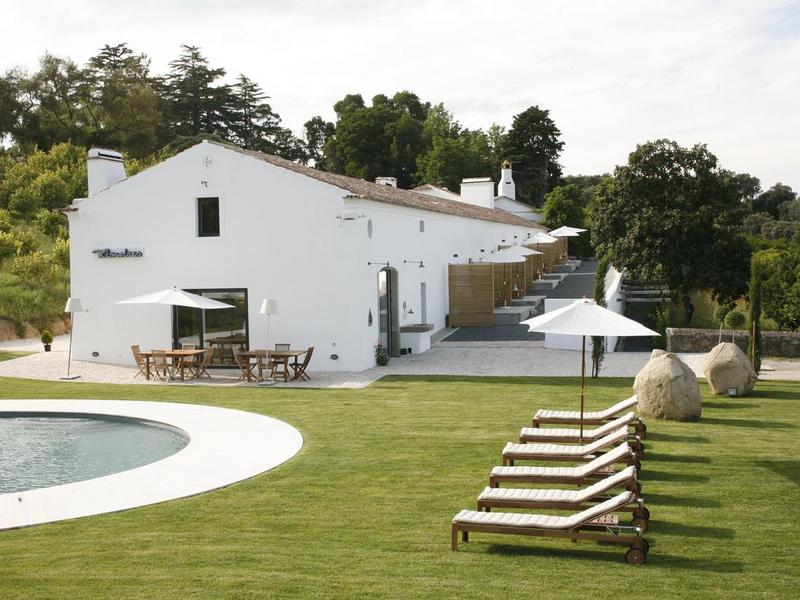
Imani Country House
On a farm with 14 hectares of land with century-old trees and Roman water mines, you will find the Imani Country House. A charming accommodation with seven rooms decorated with vintage elements and pieces of art from the proprietor’s private collection.
Just 20 minutes from Évora it is a perfect retreat to recharge and relax
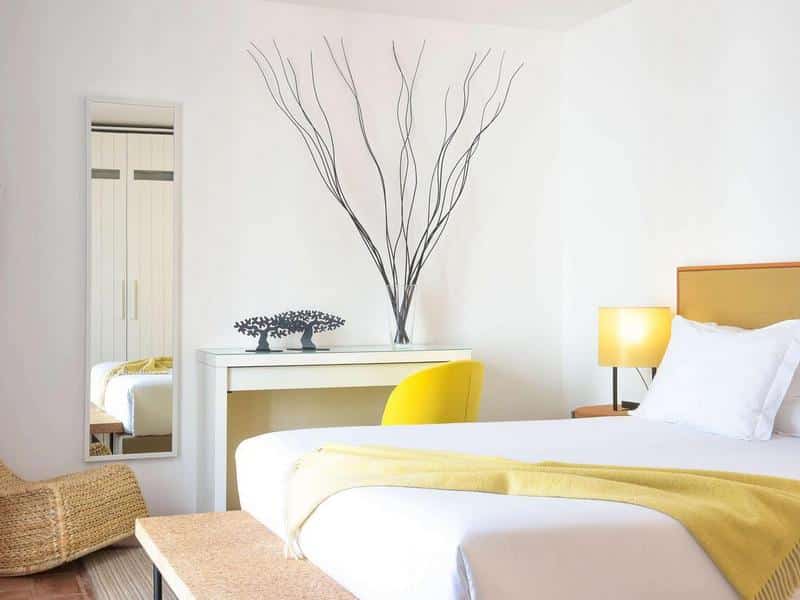
Tivoli Évora Ecoresort
A 4-star hotel in which the 56 rooms, with small private patios, are spread over the land forming a small village. There is also a 9 bedroom villa with a private pool for larger groups or families.
In the main building, you will find the restaurant, wellness centre and spa, bar and the indoor and outdoor swimming pool.
A resort, 15 minutes from Évora, that invites you to partake in the local traditions and mingle with the animals that live in the estate
We use affiliate links which means we get a small commission if you book through them. This does not in any way affect the end price but helps us keep this site updated.
We selected the accommodatios in Évora that we would or have chosen to stay. Note that we have not received any benefit from the hotel or lodging itself to be single out.
Enjoy Portugal with holiday-active.com and make the most of your holidays in Évora
What to visit in Évora, the cultural hub in the Middle Ages

 English
English


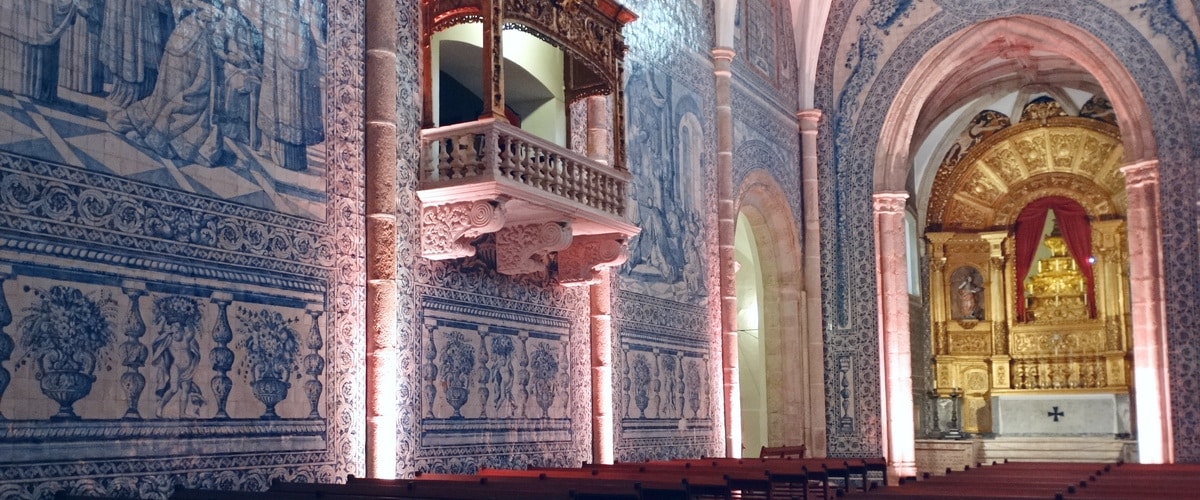
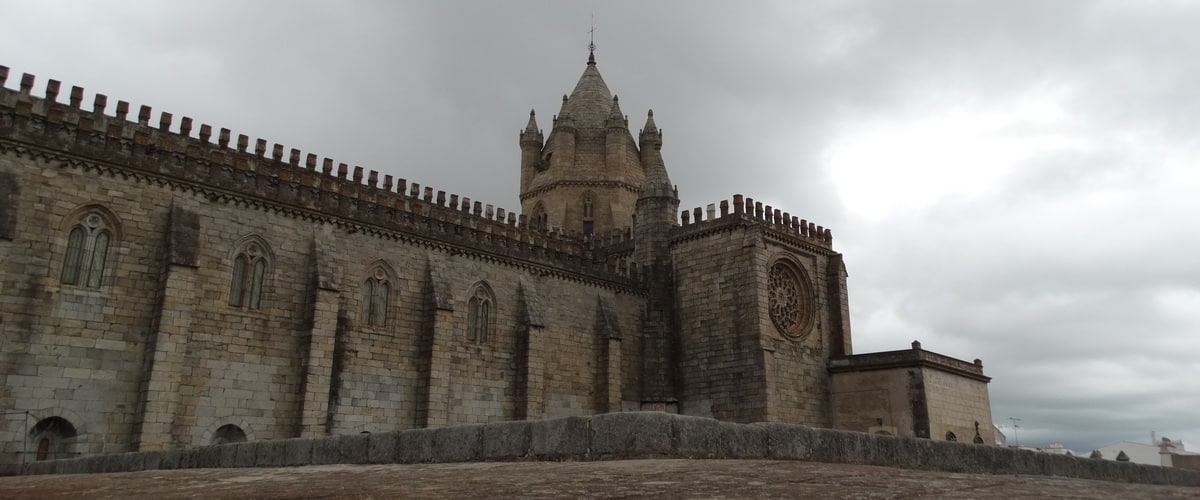
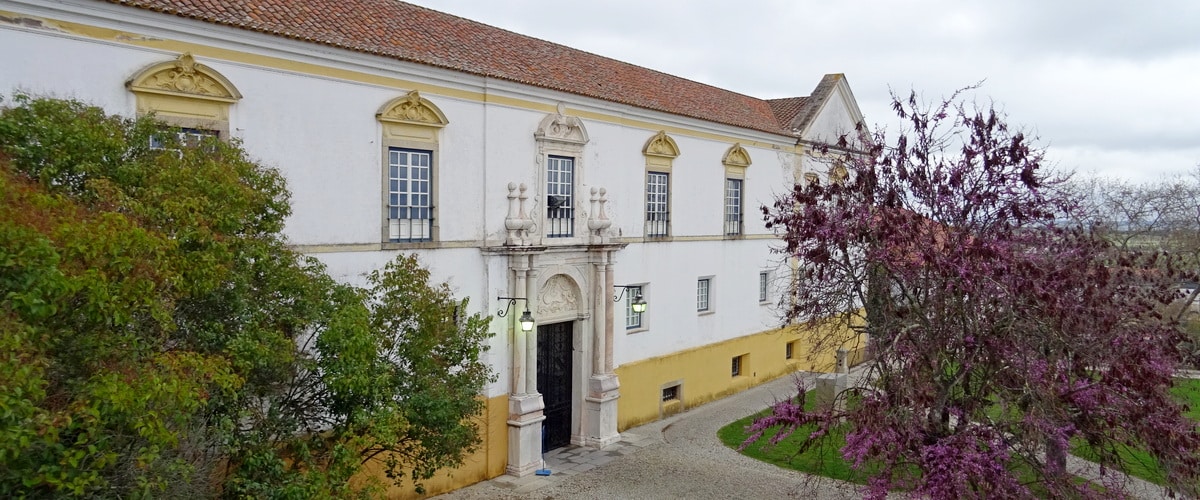

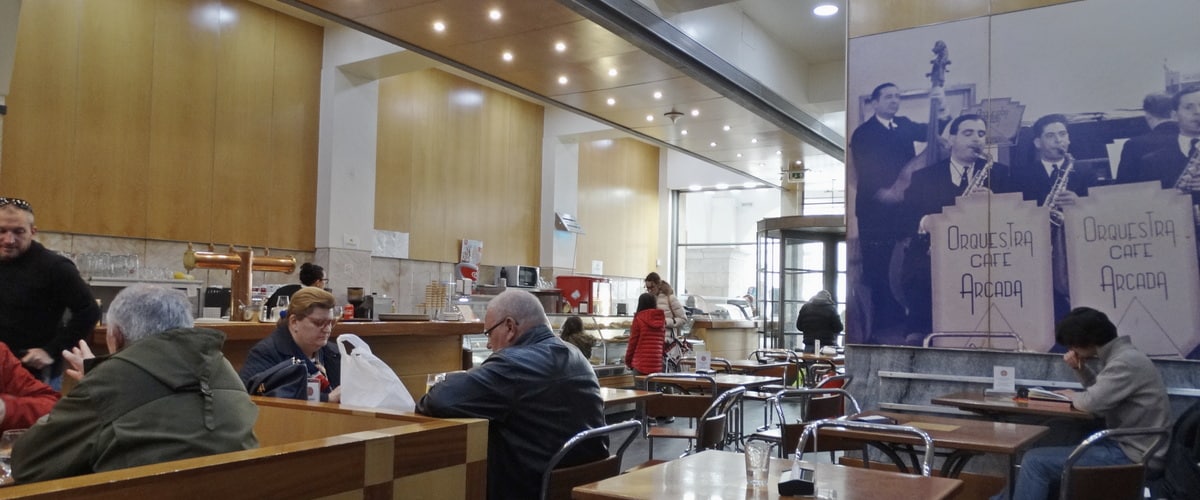
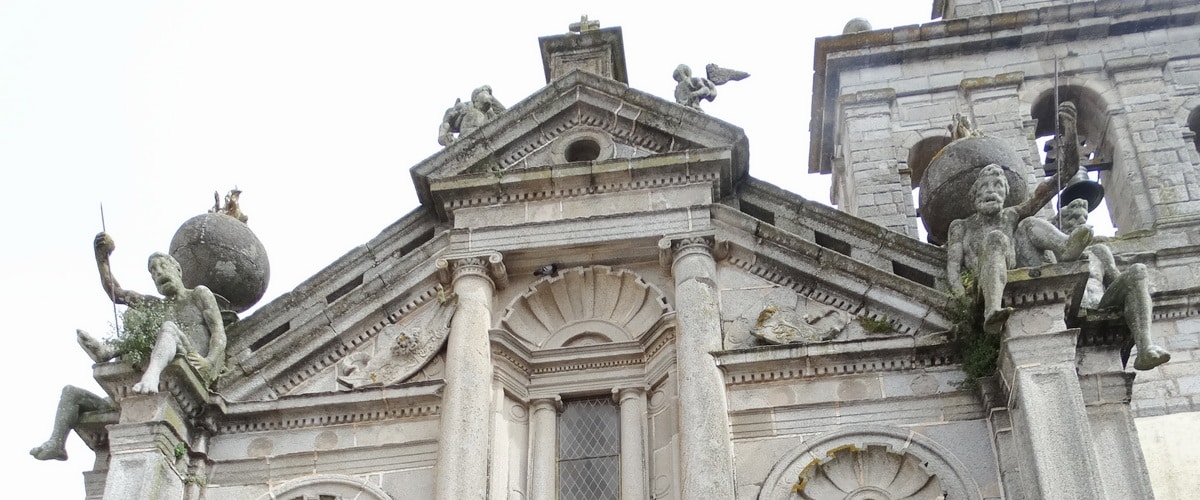

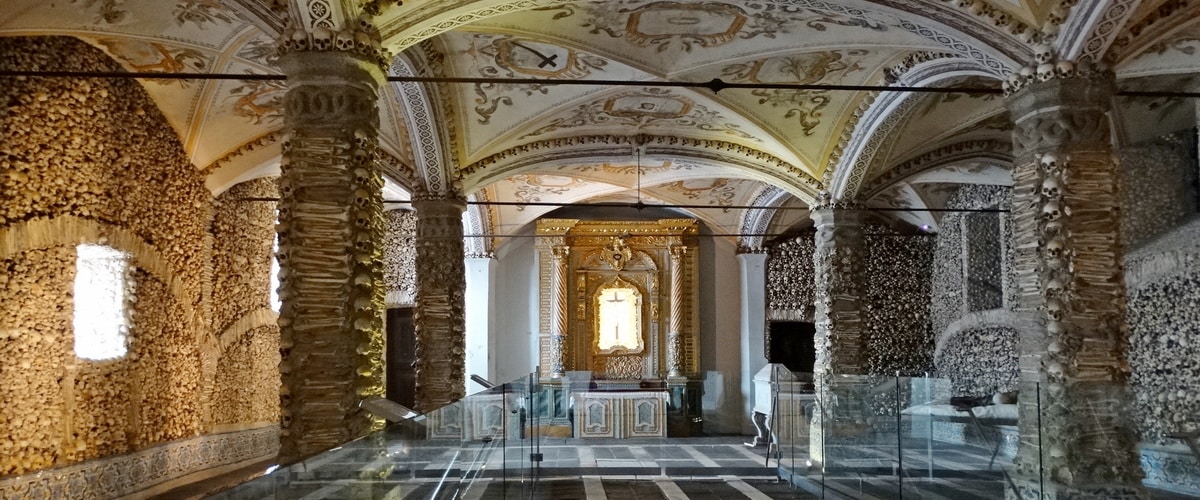
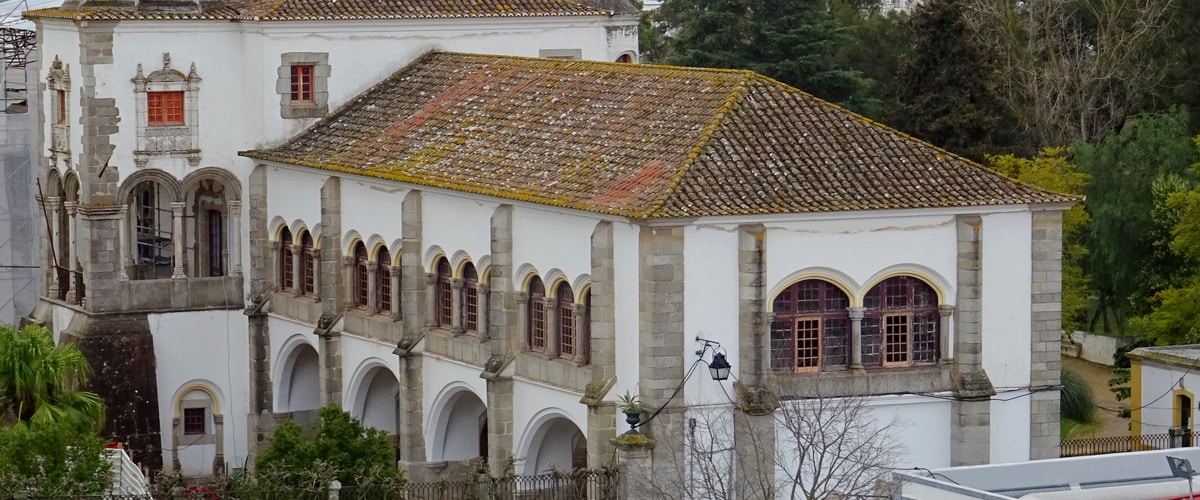
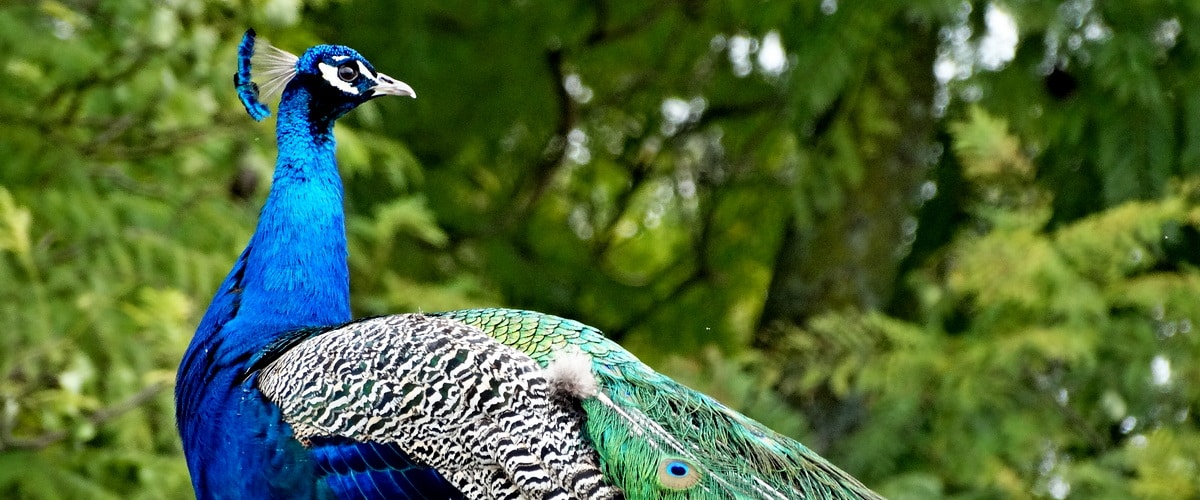
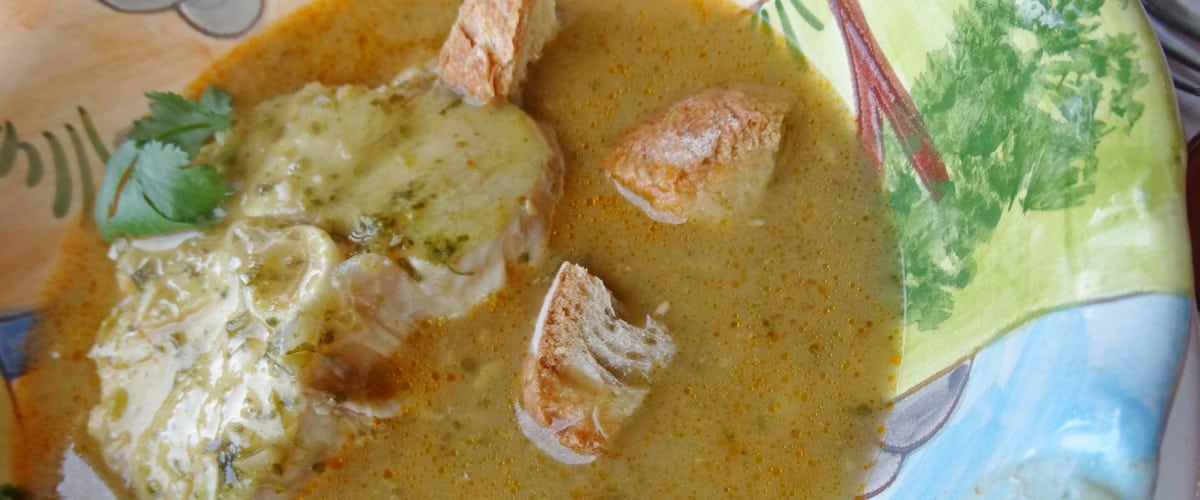
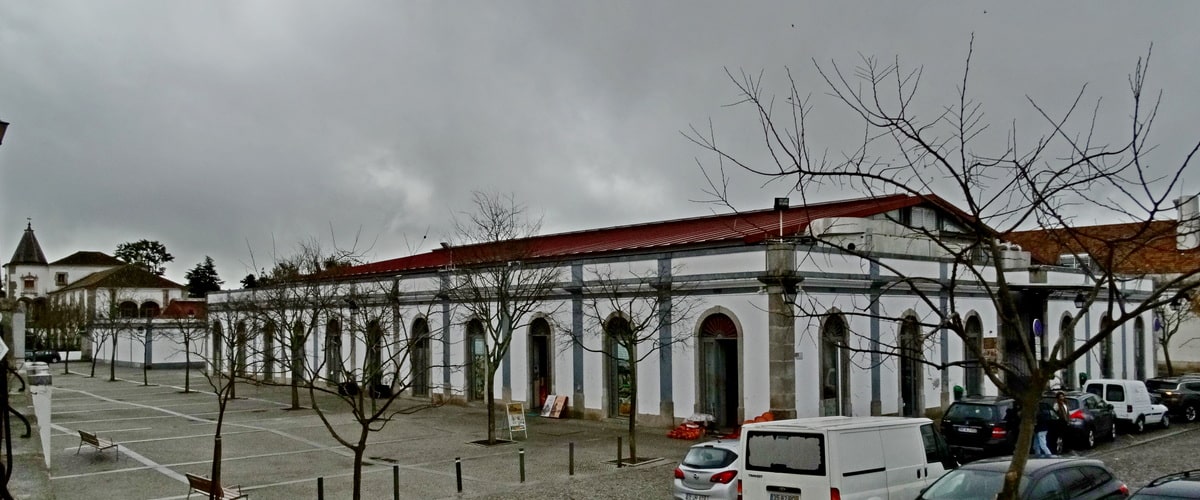
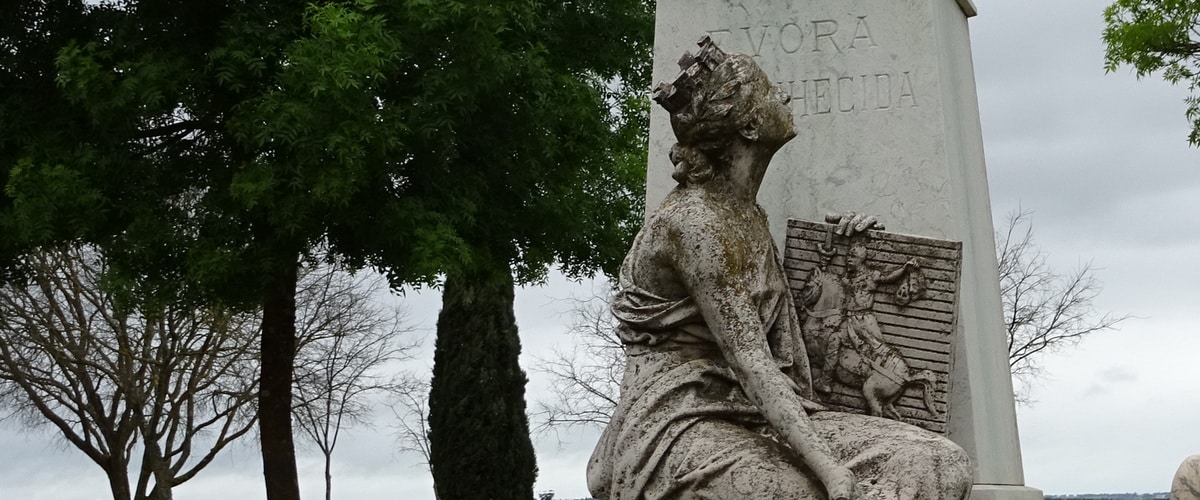
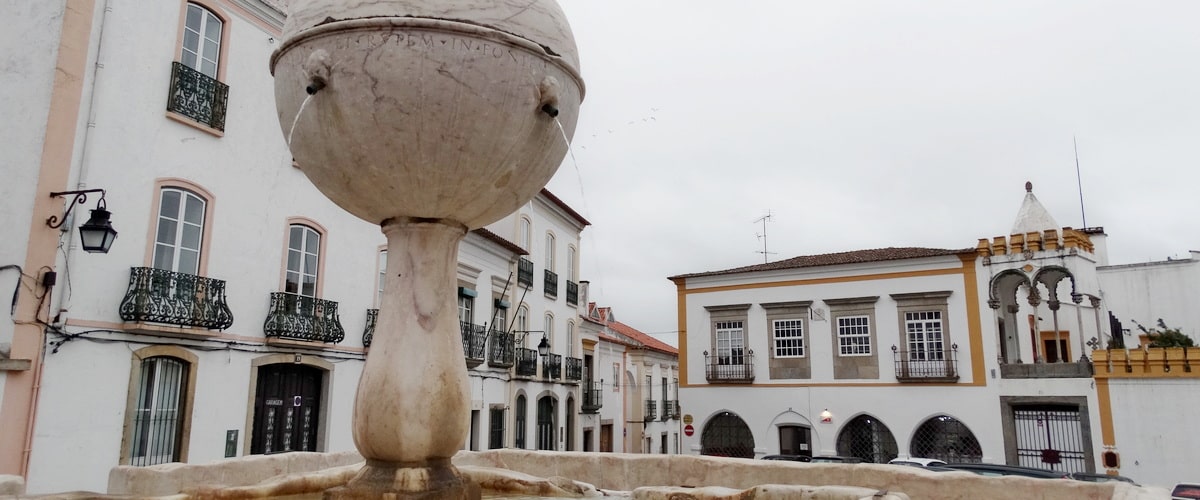
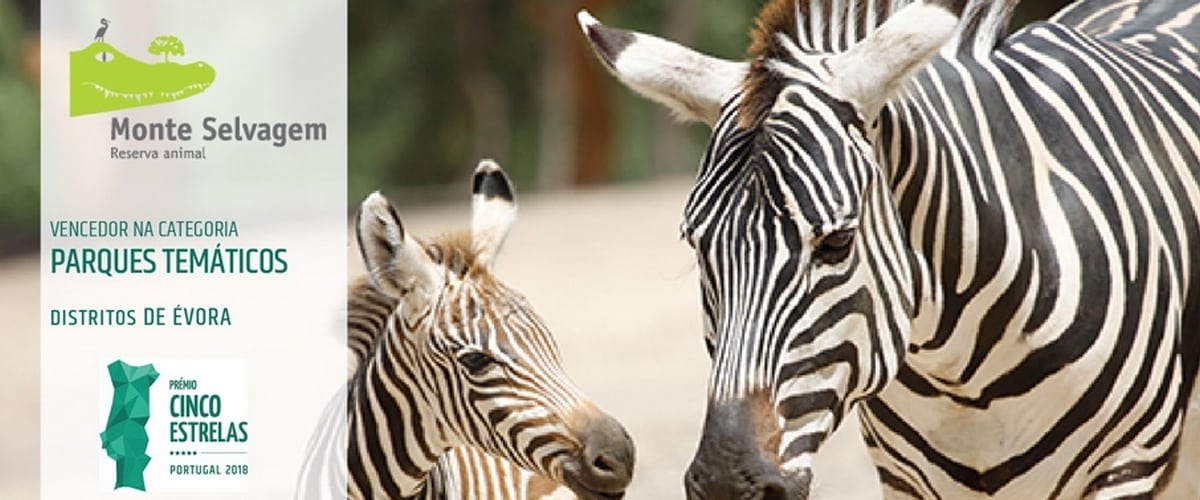
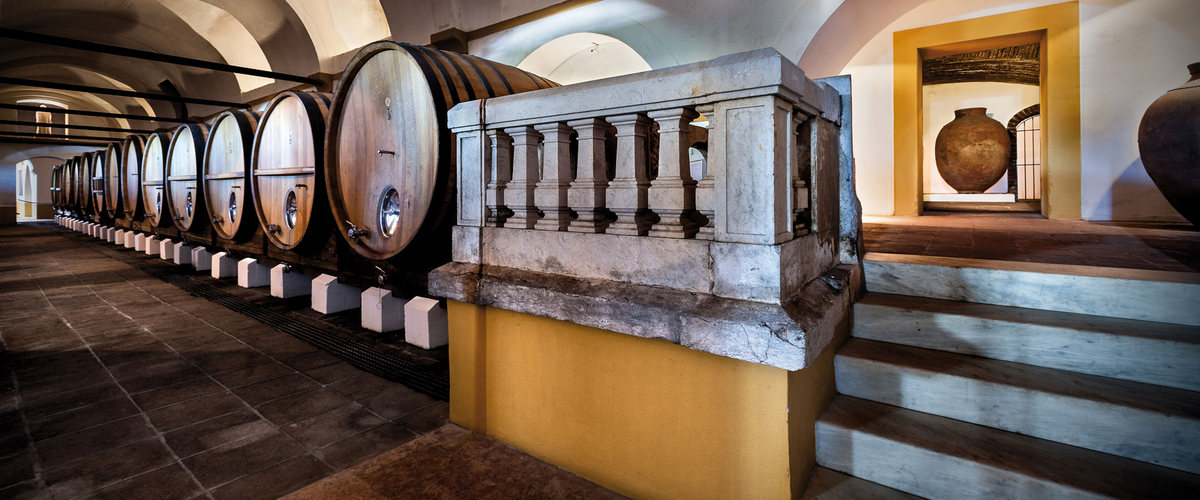 Credit: Cartuxa
Credit: Cartuxa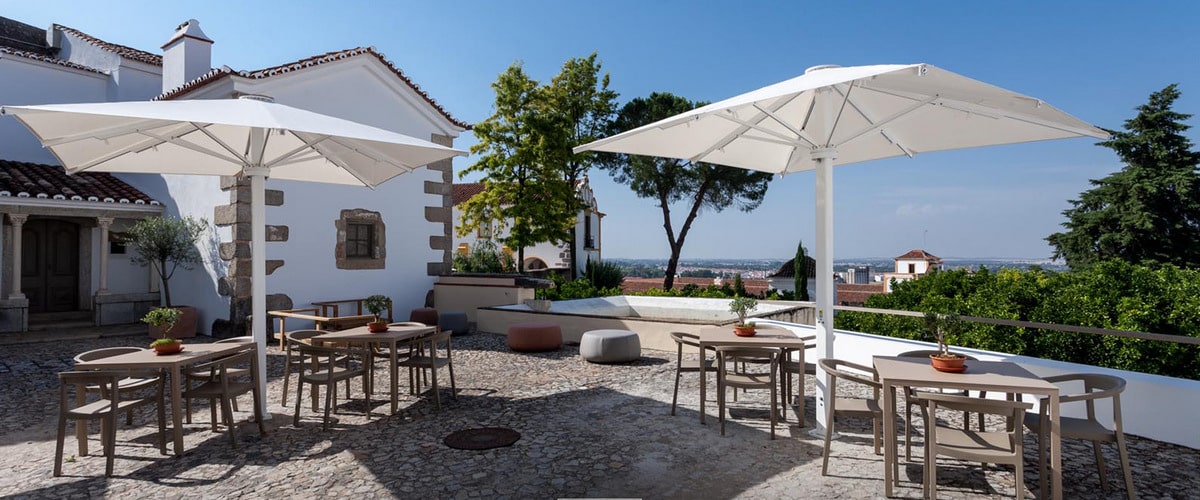 Credit: Cartuxa
Credit: Cartuxa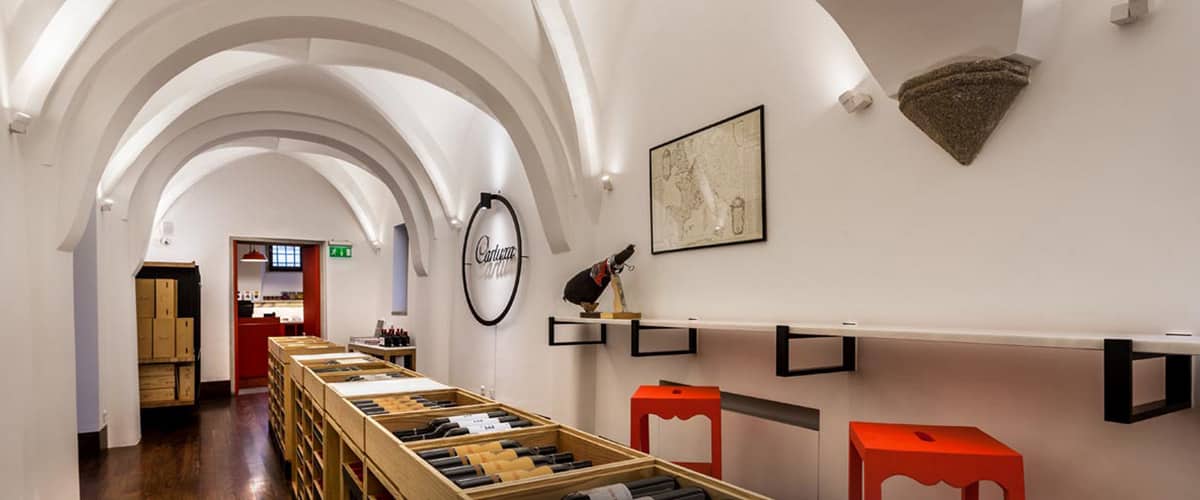 Credit: Cartuxa
Credit: Cartuxa